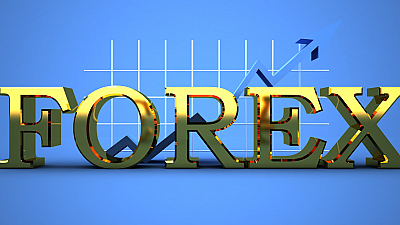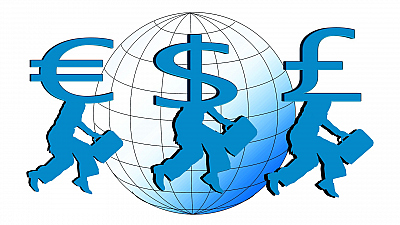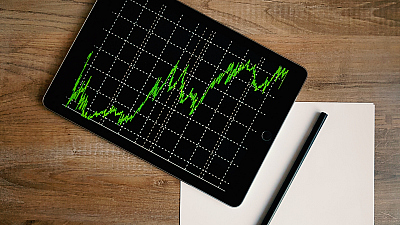The stock market is a market where traders and investors buy and sell stocks, along with other securities in a safe, controlled and regulated environment. One of its main purposes is to ensure fair and transparent pricing of the stocks.
This market is not one place, although many often call it Wall Street.
It is rather a global network of exchanges that are linked together electronically to facilitate and expand trading opportunities for their clients.
Stocks (or shares) are issued by companies (specifically corporations) that choose to fund themselves by giving away bits of ownership of their company in exchange for money. This is a way of accumulating capital to expand their business. People who buy those shares are called shareholders. They expect the company to make profits and pay dividends.
There are two main types of shares – common and preferred.
Common shares give their owners voting rights. They enable the shareholders to participate in corporate meetings and take part in things like the election of the Board of directors. The more common shares one owns, the more voting power he has.
Preferred shares do not grant voting rights to their owners, but do give some preferences, as the name implies. They pay an agreed-upon dividend at regular intervals and are less risky. In the event of liquidation, preferred shareholders are to receive assets before the common shareholders. The downside is they offer a smaller return.
HISTORY OF THE STOCK MARKET
The stock market has a long and interesting history. The first stock exchange in Europe was founded in Antwerp, Belgium in 1531. Stock markets were later opened in Amsterdam, London, New York.
The largest stock market in the world is the New York Stock Exchange (NYSE).
Its story began more than 200 years ago, in 1792, when 24 New York brokers signed the Buttonwood Agreement. In 1817 the New York Stock Exchange was housed in a rented room on Wall Street №40 and although it later moved out, the name stuck.
Trading was conducted in trading pits, where orders were communicated face to face. Traders used the so-called Open outcry system, where hand signals and shouts made in a particular way and sequence would convey trading information in the trading pits.
Nowadays, the advent of technology has helped upgrade the level and the Open outcry system is replaced with a faster, more secure, more efficient way of conducting stock trading. The stock exchanges of the digital today bring together thousands of market participants who wish to buy and sell shares, this way offering higher liquidity and transparent pricing.
MAIN OBJECTIVES OF THE STOCK MARKET
The development of the stock markets is governed by the principles of fair pricing, effective matching of orders and balanced regulations. They provide the market participants with instant access to the available buy and sell orders. Transparency in the process of matching the orders is also an important task.
Other things that stock markets do is to support a fair price for the listed shares. The immutable law of supply and demand shapes the prices, but other factors need to be reflected as well. For this purpose, business reports, as well as data from all kinds of economic sources is being maintained.
Rules are strict for companies, and failing to provide timely reports, for instance, may lead to disciplinary measures and suspensions.
The market needs to support all types of participants.
While some buy shares to hold them for many years, others are on the market to try to make a quick profit. There are those who own a wealth of shares, and those who only have a small amount to invest. All should be able to operate however they feel appropriate, within the regulatory rules of the market.




